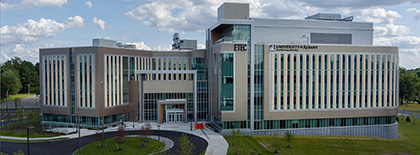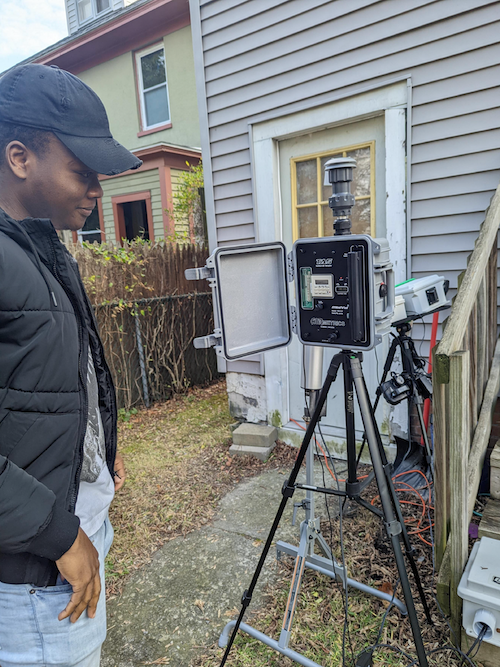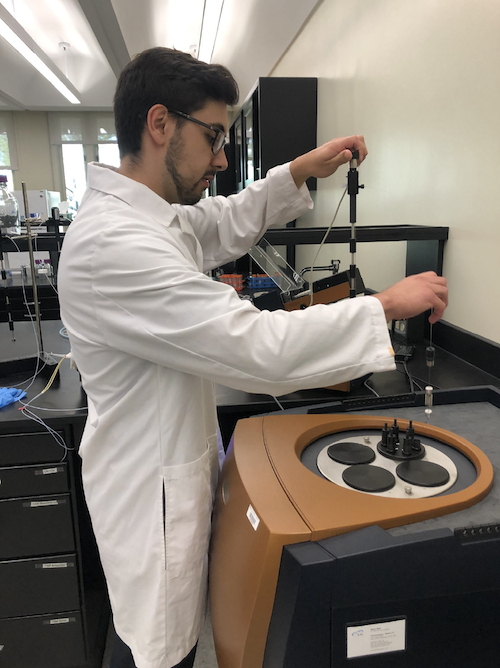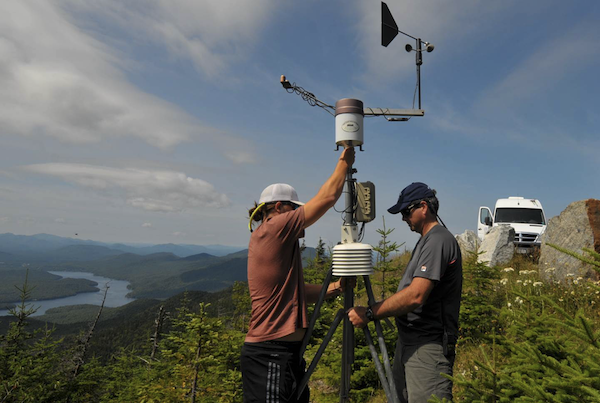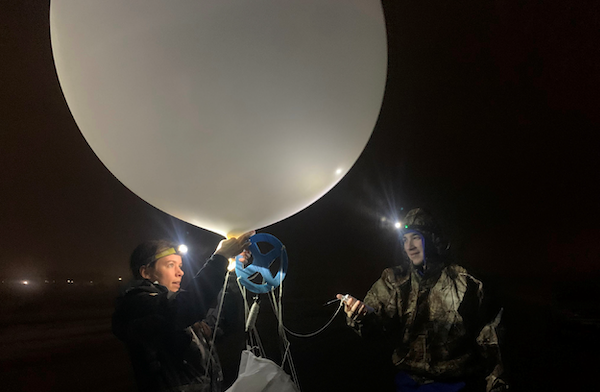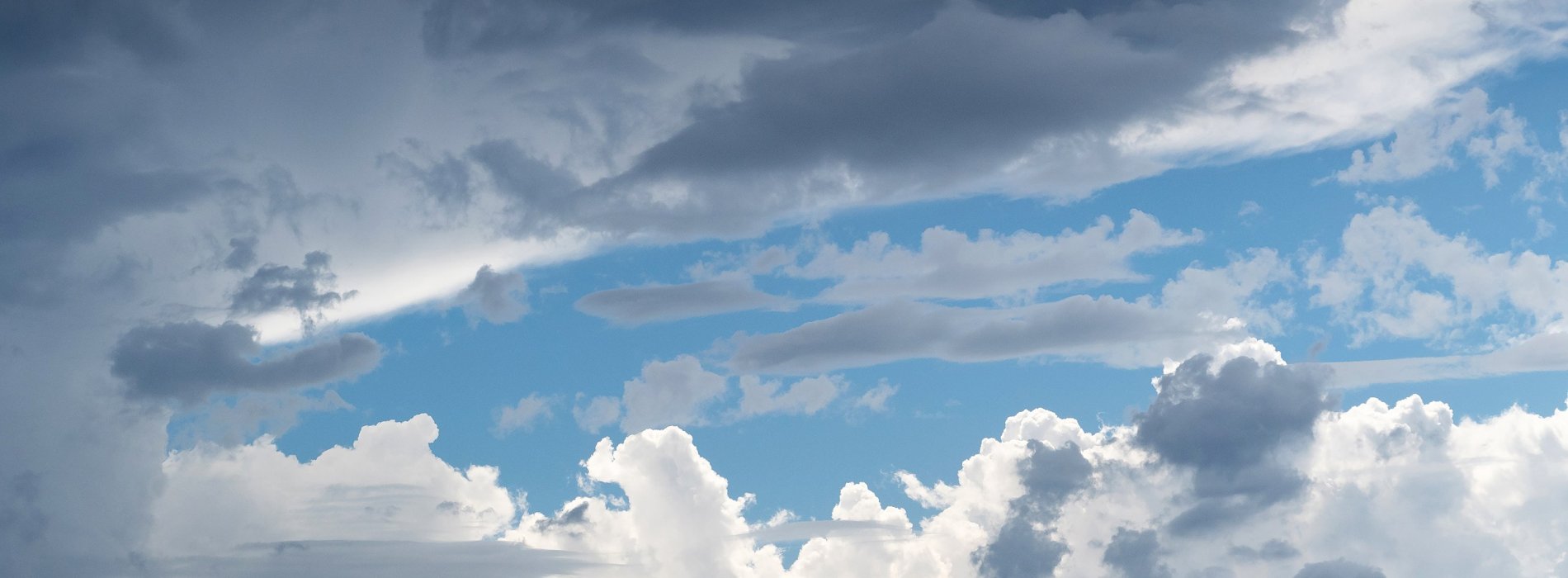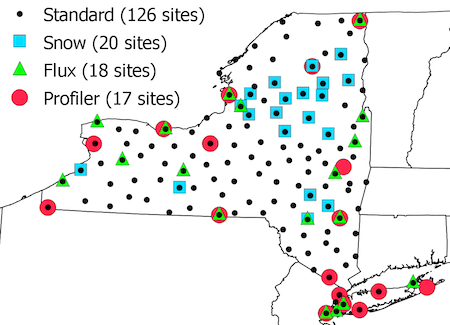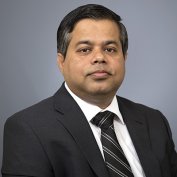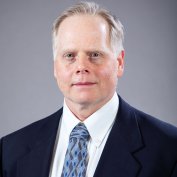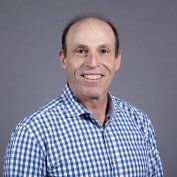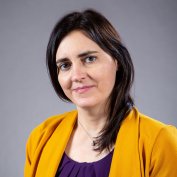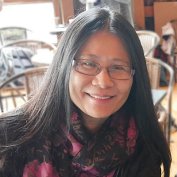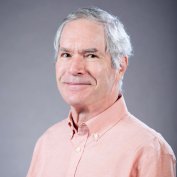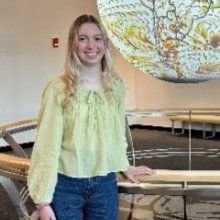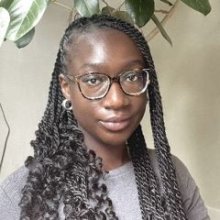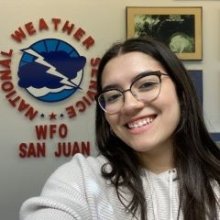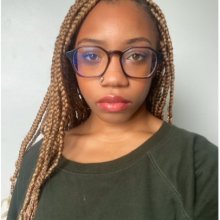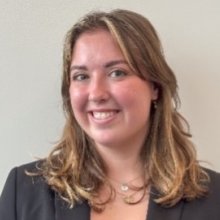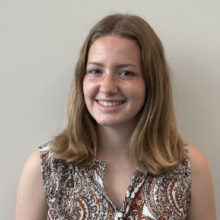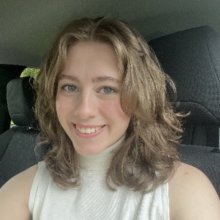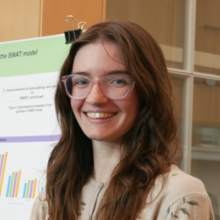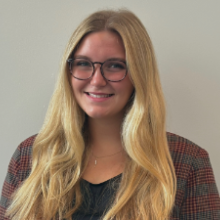Kathryn Rooney
University at Albany
I am a rising senior at the University at Albany, SUNY, majoring in Atmospheric Science and minoring in Mathematics. This summer, I investigated extreme heat events in the Caribbean. My research focused on understanding the role of the El Niño–Southern Oscillation (ENSO) in driving heatwaves in the Caribbean, specifically Puerto Rico. I also explored the impacts of these extreme events on human health and the stress they place on energy infrastructure. While participating in this project, I deepened my knowledge of Python and gained a stronger understanding of climate variability. My research interests focus on large-scale climate patterns, such as the El Niño–Southern Oscillation, and their impact on regional climate extremes. After graduation, I hope to pursue a graduate degree in Atmospheric Science with a focus on climate dynamics and variability. This experience has solidified my passion for understanding the mechanisms behind climate extremes and their societal impacts.
Emilia Turek
City University of New York
Emilia Turek is a senior at the City University of New York (CUNY), where she is pursuing a Bachelor's degree in Environmental Science. Her research focuses on brown and black carbon from sources such as wildfires and dust, and their role in air quality and climate. Emilia is especially interested in understanding the environmental impacts of climate change and exploring strategies for mitigation. After graduation, she plans to pursue a Master’s degree in Environmental Science.
Isabel Wasserman
Rice University
Isabel Wasserman is a rising senior at Rice University majoring in Earth, Environmental, and Planetary Sciences. She is interested in geobiology and the impacts of climate change on Earth systems. Her research at the University at Albany focused on the impact of vegetation composition on manganese content and speciation in litter and soil in pine barrens. After graduation, she plans on pursuing a graduate degree in Earth or Environmental Science.
Hannah Baker
University of Michigan
I am currently a rising junior at the University of Michigan in Ann Arbor studying Earth and Environmental Sciences with an intended minor in climate science. My REU project is working with paleoclimate reconstruction of corals in the Red Sea to better understand the sea's circulation. After receiving a Bachelor of Science, I hope to pursue graduate school to obtain a PhD and work as a research scientist with a government agency. In my spare time, I love to listen to music and play piano.
Daniel Berliner
Rensselaer Polytechnic Institute, Troy, NY
Daniel Berliner is a rising senior at Rensselaer Polytechnic Institute majoring in Environmental engineering with a minor in Sustainability Studies. Daniel’s main research interests are the treatment of emerging contaminants such as PFAS and microplastics. Daniel worked in Dr. Yanna Liang’s lab, assisting with projects investigating sustainable, low cost solutions for removing PFAS from soil and water. After graduation, Daniel plans to pursue a Master’s degree in Environmental Engineering to continue researching solutions to the rising threat of environmental pollutants. In his free time, Daniel enjoys hiking, foraging, and playing video games.
Jason Marte
Stony Brook University
Jason Marte is a junior at Stony Brook University majoring in Environmental Science. His REU project explored the NOx emissions in Croplands across North America. His future goals include pursuing atmospheric research projects and securing a job in the environmental sector. He enjoys boxing, cooking, and playing video games in his free time.
Liana Awe
Rice University
Liana Awe is a rising senior studying Civil/Environmental Engineering at Rice University. This summer, she worked with low-cost sensor data from air quality packages installed across New York State. The project focused on assessing the effectiveness of a network calibration algorithm, trained initially on reference data from an urban site in Queens, when applied to a rural site at Whiteface Mountain. She experimented with both rural and urban reference data using MLR and random forest models to improve calibration accuracy. This program provided much exposure to dealing with large-scale environmental data sets in Python and insight as to how applied math and science can be used to make air quality data more accessible. Outside her academic pursuits, Liana enjoys arts and crafts, spending time with friends and family, and recreational sports.
Harrison Miller
University at Albany
My name is Harrison Miller, I was born and raised in Nassau County on Long Island, New York. I am a rising Senior, an undergraduate student attending SUNY at Albany majoring in Atmospheric Science with a double minor in Geographic Information Science and Mathematics. My future goals are to attend graduate school — but I am unsure if I want to pursue a research-based degree or if I want to focus on weather/hazard communication as I have interned with both NWS Albany and the State Weather Risk Communication Center and enjoyed the occupational portion of the field but I have not had any formal research experience which is why I had applied to this program! My interests within Atmospheric Sciences have always been Wildfires and the effects of these events — both on site within the burn scar perimeter as well as the long-range plume transport and its effects on the environment as large air quality events have occurred recently and have become more frequent. I also have an interest in Numerical Weather Prediction! This summer I am working with Dr. Cheng-Hsuan (Sarah) Lu from the ASRC on the topic of "Weather-air quality, aerosol-weather interaction, and the impact of wildfire smoke aerosols" and my project for the summer entails comparing the HYSPLIT trajectory model against a WRF-chem simulation to characterize the plume dynamics & characteristics of the 2023 Quebec Wildfires as the case study to evaluate WRF-chem and to understand smoke transport and its impacts. Outside of an academic setting, I am an avid enjoyer of anything outdoors — whether it is fishing, storm chasing or hiking various ponds and lakes at night for stargazing! When that isn't possible, I am usually listening to music or playing instruments such as my bass guitar! I also love playing sports with my friends having played football for most of my life, and if I am not playing sports, I am always watching it!
Aiden Ridgway
Ohio State University
Aiden Ridgway is a rising senior at the Ohio State University, majoring in Atmospheric Science with a minor in Geographic Information Science. For is REU research, Aiden studied the mechanisms and implications of elevation-dependent warming (EDW) over the Andes Mountains, utilizing high-resolution regional climate model output produced by the South American Affinity Group (SAAG) at the National Center for Atmospheric Research (NCAR). He was mentored by Dr. Justin Minder, a leading expert in mountain meteorology and climate dynamics. Through this work, Aiden developed a strong foundation in climate modeling, EDW processes, and scientific research practices. He also strengthened his technical skills in Python, working extensively with packages such as Xarray, NumPy, SciPy, and Matplotlib. Outside of research, Aiden serves as president of the Meteorology Club at Ohio State and is an active member of the American Meteorological Society. Following graduation, he plans to pursue a Ph.D. with a focus on climate dynamics and climate modeling.
Katiria Colón Rivera
University of Puerto Rico, Mayagüez, PR
Katiria is a rising junior at the University of Puerto Rico, Mayagüez Campus majoring in Industrial Engineering and minoring in Atmospheric Sciences and Meteorology. One of her interests is to combine both fields of engineering and the atmosphere and she can do so while working with graduate student Jean Carlos Peña and Professor Jorge Gonzalez-Cruz. Her research focuses on investigating how urbanization impacts the development of clouds and their precipitation. She will be developing a radar dataset to use in urban precipitation studies where she’ll apply problem-solving and science communication skills. She will also be taking part in the CoURAGE Field Campaign in Baltimore, MD. Katiria plans on pursuing graduate school in Environmental Sciences and Engineering. She hopes to participate in scientific conferences such as the AMS Annual Meeting and the AAAR Annual Conference.
2024 Participants
Seleru Owens
Towson University, Baltimore, MD
Seleru Owens is a junior at Towson University majoring in Environmental Science. Her REU project explored the Indigenous Microbial Fungal Degradation of Per- and Polyfluoroalkyl Substances. Her future goals include pursuing ecotoxicity research projects and eventually managing her own lab. She enjoys singing, dancing and playing video games in her free time.
Sabrina Eloisa Gonzalez
University of the Incarnate Word, San Antonio, TX
Sabrina Gonzalez is a first-generation student at the University of the Incarnate Word completing her Bachelor of Science in Operational Meteorology with a minor in Mathematics in December 2024. Sabrina’s research interests are focused on large-scale climate patterns such as the El Niño Southern Oscillation, and alterations in global circulation with a changing climate. Her research during her UAbany internship focused on heatwave trends in the Caribbean and Gulf of Mexico, and how higher sea surface temperatures can critically alter climate patterns there and globally. Sabrina plans on pursuing her Master’s degree in Atmospheric Science and on becoming an aviation forecaster, or forecasting with the National Weather Service.
Rachael Miller Sharp
Bryn Mawr College, Bryn Mawr, PA
Rachael Miller Sharp is a rising senior at Bryn Mawr College majoring in Environmental Studies with a concentration in Climate Change and a minor in Health Studies. They are passionate about combining sustainability science and engineering solutions with environmental justice and the social sciences. Their research at the University at Albany proposed the creation of a microgrid on Bryn Mawr’s campus using renewable energy, including solar and geothermal technologies, focusing on energy efficiency, grid independence, and disaster resilience. After graduating in 2025, they hope to pursue a Master’s degree in Environmental Science or Sustainable Development and continue working to help cities (or other college campuses) transition to renewable energy.
Valerie Scull
University of North Carolina at Chapel Hill
Valerie Scull is a Geography and Environment major with a GIS minor at UNC Chapel Hill. Through the UAlbany REU program, she worked with Dr. Jie Zhang on a project revolving around using brand new NASA satellite data to quantify and visualize NO2 levels in the tropospheric column over the NY Capital Region. After the program she'll return to North Carolina to finish her Bachelor’s degree, and after a gap year will pursue her Master’s in GIS. Outside of the classroom, she participates in UNC’a Club Water Polo team and Marching Tar Heels band.
Alliston Potter
Arizona State University
Alliston Potter is completing her Bachelors of Science in Geography(Meteorology-Climatology) and Geographic Information Science at Arizona State University in 2025. Alliston has an interest in potential impacts of synoptic weather events on natural drinking water resources and the long term effects of climate change on them. She is continuing her research on Mesoscale Convective Systems over the Catskill Mountains in New York with the University at Albany. She plans to pursue a job in GIS or her masters in GIS/atmospheric science once she graduates.
Kathleen DeMarle
University at Albany
Kade DeMarle is a rising senior at the University at Albany majoring in Environmental Science with a concentration in Sustainability Science and Policy and minoring in chemistry. She conducted research on indoor and outdoor TVOC concentrations for about 50 homes throughout the capital region, comparing air quality in non-environmental justice and environmental justice communities. From this program she gained valuable experience in coding and air quality research. Kade's main interests lie in atmospheric and environmental chemistry, environmental health and environmental justice. After graduating, she hopes to pursue a graduate degree in environmental chemistry or environmental health to further research the causes/impacts of environmental pollutants on marginalized communities.
Emma Mattoon
University at Albany
Emma Mattoon is a rising senior at the University at Albany where she majors in environmental science with an ecology specialization and minors in women’s and gender studies. During this program, Emma explored various stormwater management methods such as rain gardens using the SWAT model. She further developed her coding skills by learning MATLAB, a new language to her, to conduct this research. In the future Emma plans to attend graduate school and pursue a career that brings together her interdisciplinary interests. She is most passionate about the relationships between environmental and social issues and hopes to promote environmental education that fosters increased community-based stewardship of the environment.
Isabella Condo
University at Albany
Bella Condo is a rising Junior at the University at Albany pursuing her Bachelor of Science degree in Atmospheric Science with a double minor in Mathematics and Geographic Information Science. Bella focused on the nowcasting of wind gusts using a time series approach. She used Machine Learning techniques to create a 3-hour maximum wind gust model using the New York State Mesonet Data. Throughout this program, Bella has gained an understanding of the applications of Machine Learning and developed valuable skills used in research. Outside of research, Bella is the Vice President of Internal Affairs of Phi Sigma Rho and is an active member of the American Meteorological Society. After graduation, Bella hopes to pursue a Master's degree in Atmospheric Science and later start a career in aviation meteorology.
